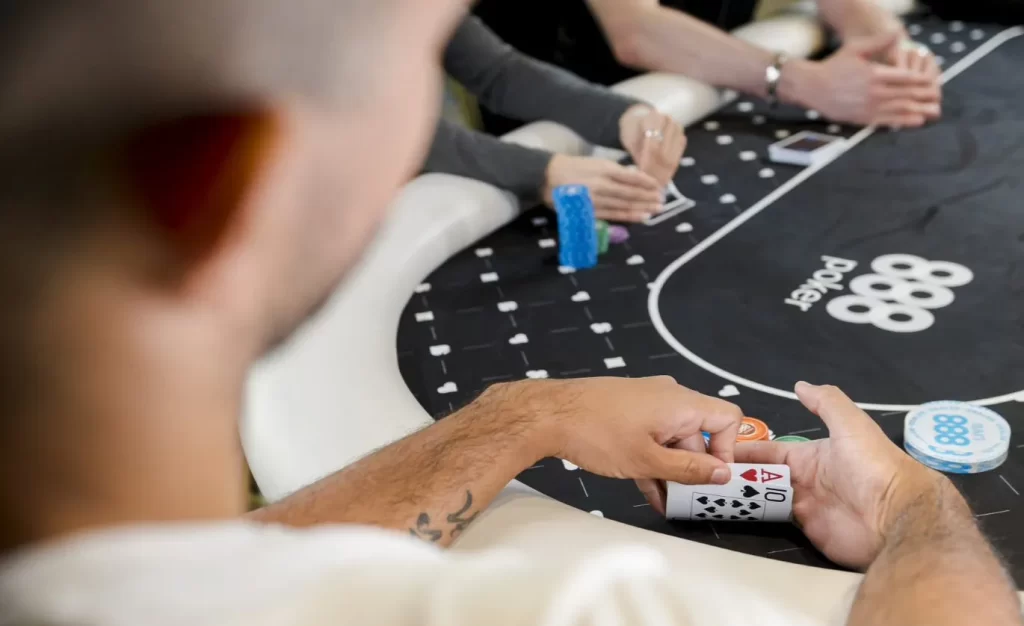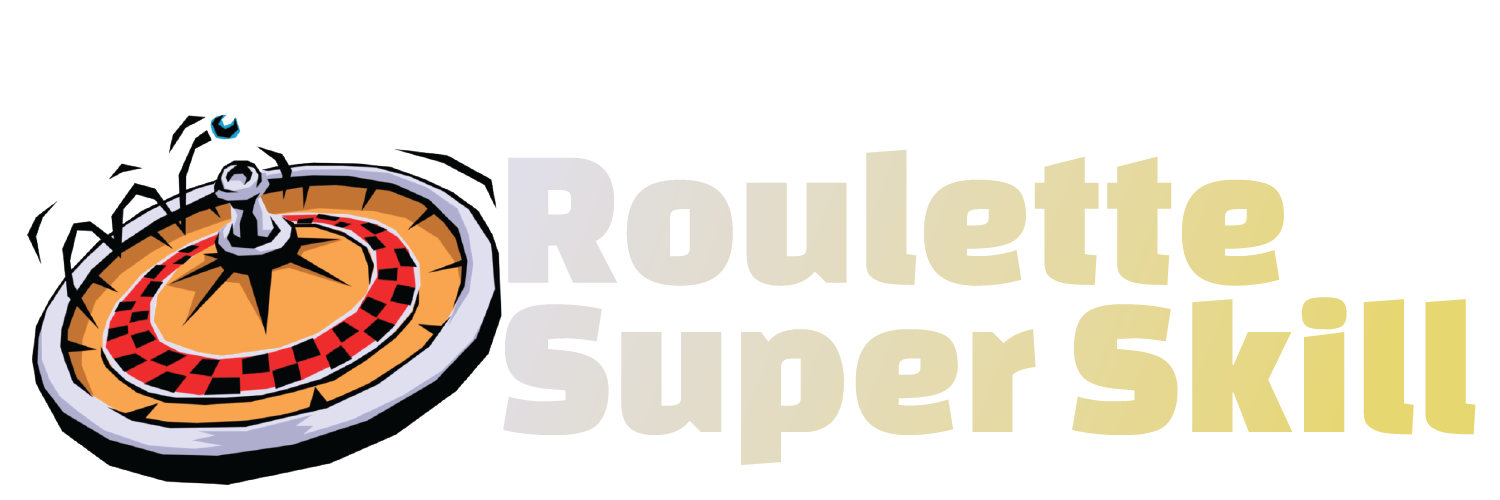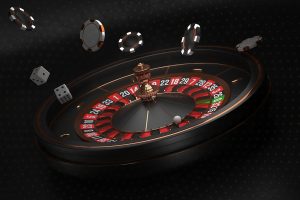
Learning how to read your opponents is a large part of the game of poker. Studying their body language, facial expressions and betting patterns will give you the advantage over them.
Follow their body language; a fluttering eyebrow means they’re nervous; long looks at your hole cards might mean they’re strong. Watch where and when they rake long money or cards.
Eye movements
Poker is a game of skill, not simply of blind chance – if only it were that simple. Winning is about reading other players, not just through the cards that you hold in your hand, but through understanding your fellows’ other signals such as skin colour, body gesture and vocal pitch: these tiny and rapid movements and murmurs can indicate an opponent’s state of mind, whether they be confident, concerned or bluffing, but these ‘tells’ can also be contrived; and while some players fake tells, others have learned how to filter out these false clues, so as to read their opponents truer state of mind.
Eye movements are also useful. You could be squinting or blinking nervously. Or your leg movements could give you away. Tight crossing or tapping could mean your opponent is ‘tight’ – covering up something; perhaps he is trying to draw out the opposition by making them think he has an edge against them.
Body language
In poker, an understanding of your opponents’ psychology – one that’s sharpened by knowing how to read their body language and facial expressions – can give you an edge over them. Nonverbal signals can give you vital clues about what your opponents are thinking and what they intend to do next; unfortunately, they can’t be trusted. Rogue players might employ strategies to disguise them. If you can think like your opponents, at the paddle table you’ll make better decisions than they do.
But not just watching their eye movements was important while you were playing poker at Ram Game Room poker tables; you also need to keep your eyes on their whole bodies. Small twitches in muscle or rhythm of breathing can be an opening to their level of confidence and their hand strength.
It is also important to notice how the lips of your opponents move when they speak: if they are twitching frequently or if they are licking their lips, these may be signs that they are bluffing because they hold a poor hand. Noticing if they speak loudly and quickly may also indicate that they hold a powerful hand. Betting patterns should also be watched carefully; if there is a sudden increase in a cheating person’s bets, this is a good indicator that they have a strong hand.
Verbal cues
Decoding poker tells is a very challenging and rewarding activity. Properly identifying the body language twitches, movements and vocal tones of other players around the table can give you a sense of their hand strength – but be very careful not to take any one tell in isolation; try to identify a series of tells to support each other; an example would be if your opponent doesn’t make eye contact with you while fidgeting with his own chips at the table and his vocal tone in speaking indicates uncertainty, that might indicate that he is flustered or bluffing.
In poker, as in life, you can tell a lot from observing other people: a slight twitch, the way somebody breathes, how they hold their cards – any clue to their hand’s strength can be a crucial advantage. But if you are a cardsharp, these ‘tells’ should form only a part of your arsenal; what might be true for you could easily be reversed for your opponent. Instead, before you rely on body language, you need to be sensitive to the fact that a whole host of cultural or individual differences could distort what a certain gesture or head movement means.
Betting patterns
You can glean definitive data by observing what kind of a player he is – that is, from the telltale signs he gives in his spectrum of betting behaviours; his card play, from his communication with fellow players, from hand gestures, posture, even microexpressions – the brief passing glimpses one sees on most people’s faces that reveal what they feel in their most honest expressions. Beware, however – if you opt to follow the variants of body language described in Pagano’s book, you must be careful not to allow your judgments to be influenced by false data from this source.
Another clue to their condition is how they breathe. Heavy breathing could be an indication of anxiety or weakness; steady breathing patterns often indicate confidence; and stuttering or stalling could indicate that they are trying to bluff.
By learning to read your opponent’s tells, you can gain an edge and so, in Josh Waitzkin’s words in The Art of Learning, ‘in order for you to become a master of this art form, it is appropriate to cultivate your perception of eye movements, body language, and vocal tone as part of your inventory of information that guides your technical action’.








